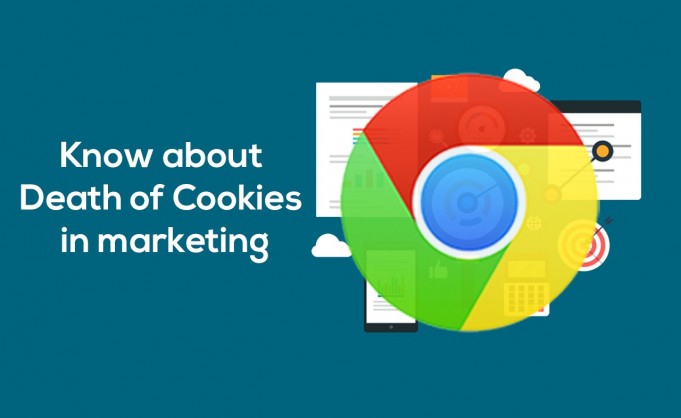Death of Cookies in Marketing
For decades, third-party cookies have been the backbone of online audience tracking. But now they are on their way out. This is shocking news for anyone who has been observing or experimenting trends in the marketing technology, media industry, and privacy sensitivities in recent years. Websites have been using cookies to track visitors, collect data, and improve the user experience that helps sites target ads to the right audiences. But the way websites use cookies could change drastically with Google’s announcement. It will remove the third-party cookie on Chrome browsers soon. Here are 4 things you should know about the death of cookies in marketing.
1. Google Isn’t Banning All Cookies
If you think that all your cookie-related marketing strategies will soon become useless, take a breath. Till now, Google has said that it is only planning to remove the third-party cookie on its browsers. You can use your first-party cookies to track basic data about your website’s visitors. This clearly defines that any first-party cookie data you gain from your site’s visitors will remain intact.
2. The Death of Cookies Will Open Up New Opportunities
Cookies have been a useful aid for advertisers. Analyzing the user experience without a third-party cookie may be painful at first. Still, it is the only way to develop different ad strategies that can help marketers in the long run. The death of the third-party cookies can give rise to better use of first-party data. This new ad environment demands more creativity, a more excellent bond between advertisers and publishers, and a brave new world for all stakeholders.
3. Marketers Aren’t Just Concerned About Data
While the destruction of third-party cookies on Chrome will be inconvenient to some people, marketers are also disturbed about Google’s reasoning behind the phase-out. Without browser-based third-party cookie data, marketers will still target and leverage Google Ads, which will be powered by Google Chrome’s privacy sandbox tools and first-party cookies. However, some ad platforms and software that require third-party data will take a considerable blow without support from Google Chrome.
4. A New Door for Innovation in Advertising
As privacy laws continue to arise, this phase-out can be an excellent opportunity for marketers to look at other less-vulnerable advertising methods. With the phase-out, marketers will develop new ideas and more innovative ads. That identifies with the masses, putting aside hyper-targeted content or annoying pop-ups. Advertisers and marketers can use behavioral data sets to connect with consumers, analyze their needs, and drive better engagement. This process involves endless testing phases and implementing different data sets and models to find the data mix that works best with the strategy.
Marketers can also use Data-as-a-service (DaaS) to deliver unique and primary insights, which provides a broader view of shopping behaviors. These unique insights enable safer and smarter engagements to the right consumers, with the right message, at the right time.









